Affiliate links on Android Authority may earn us a commission. Learn more.
Samsung Galaxy S10 vs OnePlus 6T: Price vs value
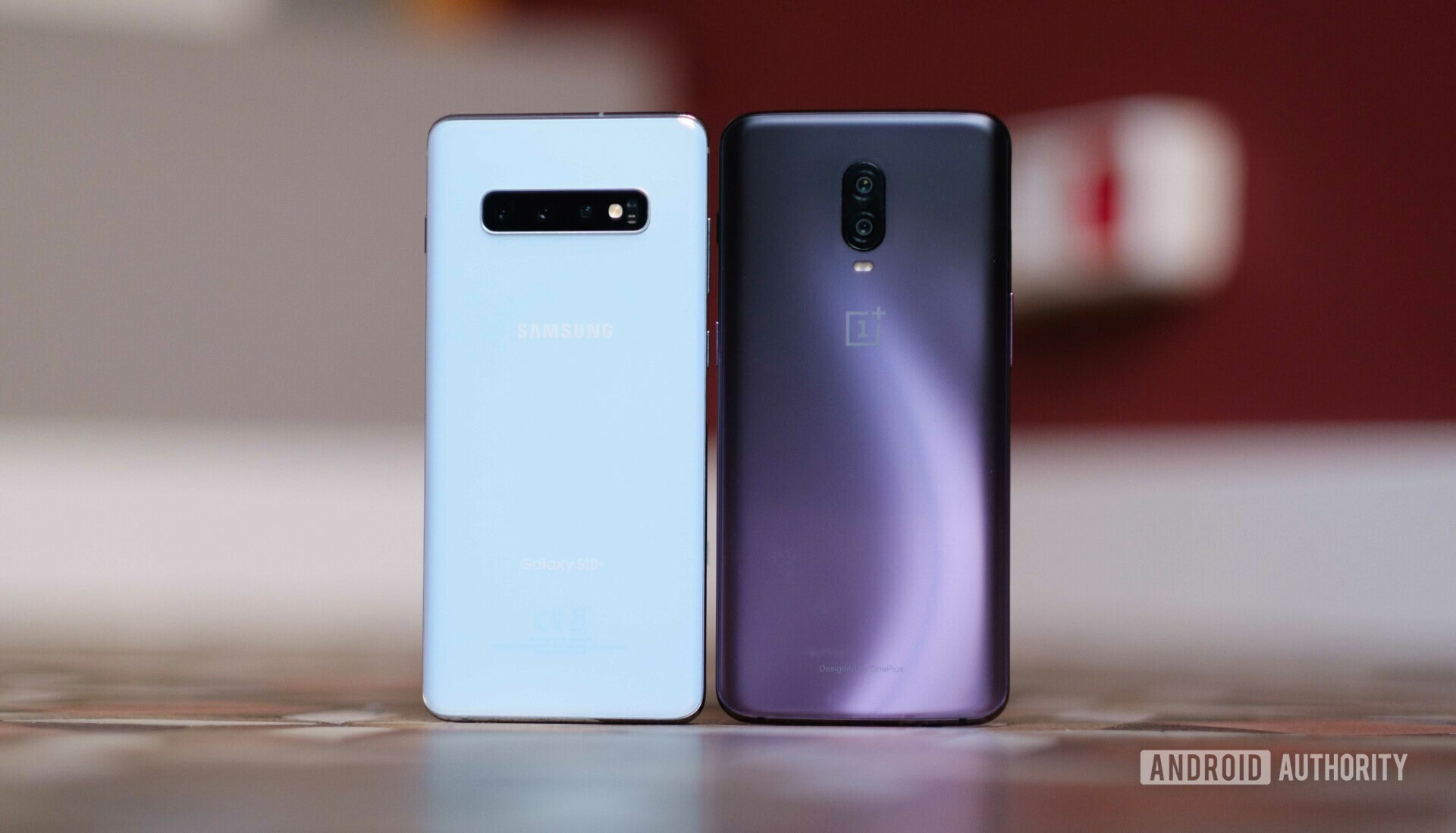
The Samsung Galaxy S10 is almost certain to be one of the best selling phones of 2019. It’ll also be one of the most expensive, but what if there was a premium smartphone you could buy instead that didn’t carry a premium price tag? Plenty of OEMs deliver affordable flagship smartphones, but none have garnered the same cult following as OnePlus — the Chinese brand from the BBK group that promises to “Never Settle,” delivering phones with top specs and stunning designs at relatively modest prices.
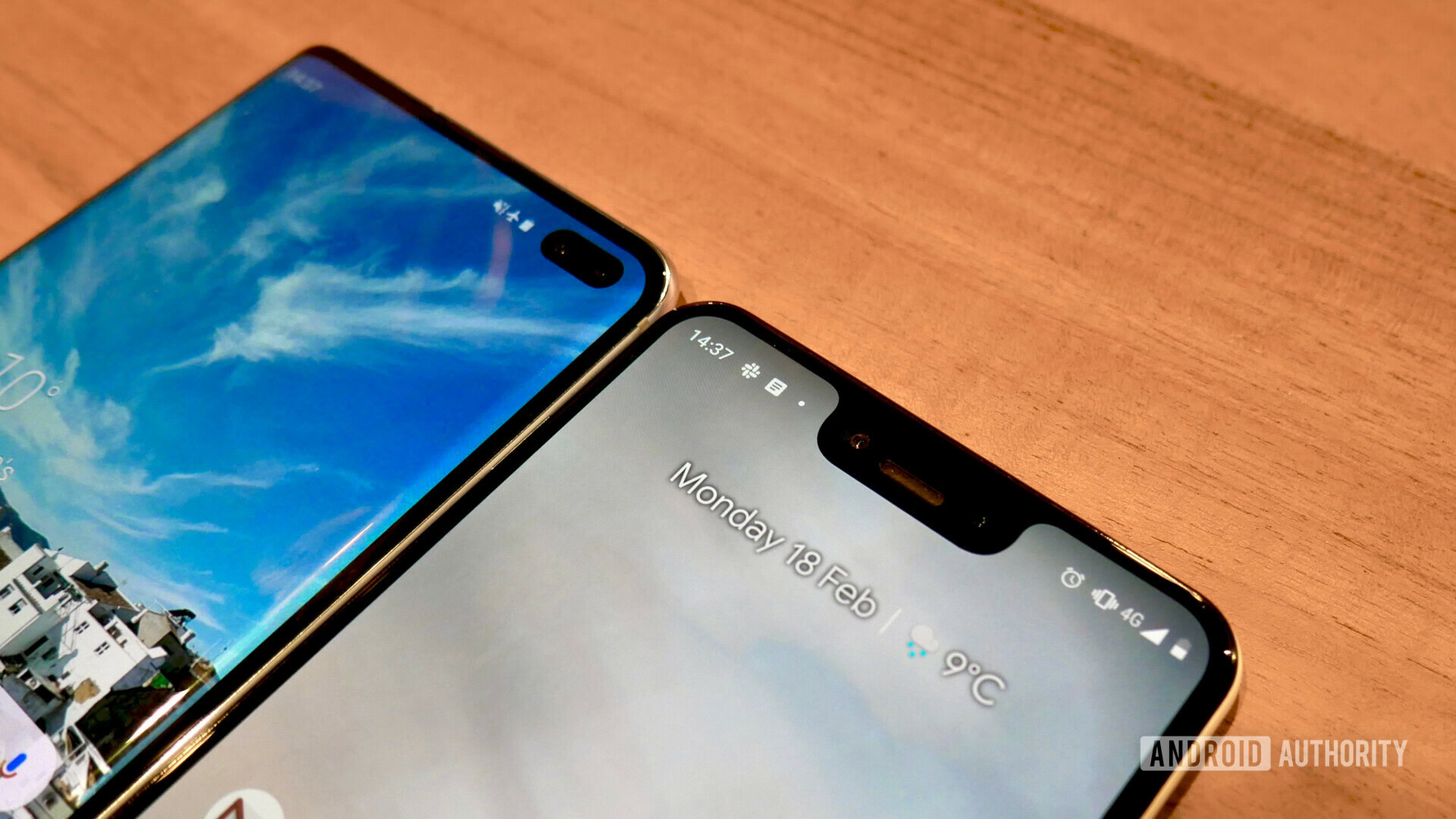
The Android champion is returning to the ring with a whopping four Galaxy S10 phones, but we’ve decided to pit the vanilla Galaxy S10 against the OnePlus 6T to see whether the best value phone of 2018 can hang with Samsung’s marquee flagship.
It’s the Samsung Galaxy S10 vs OnePlus 6T! Who will win? Let’s find out!
Editor’s Note: Yes, we realize the Galaxy S10e is probably a closer comparison (price, etc) and we’ll likely be making that comparison in the not too distant future. Still, the S10 is considered the ‘base’ model, so we thought it would be an interesting comparison.
Samsung Galaxy S10 vs OnePlus 6T: Specs and features
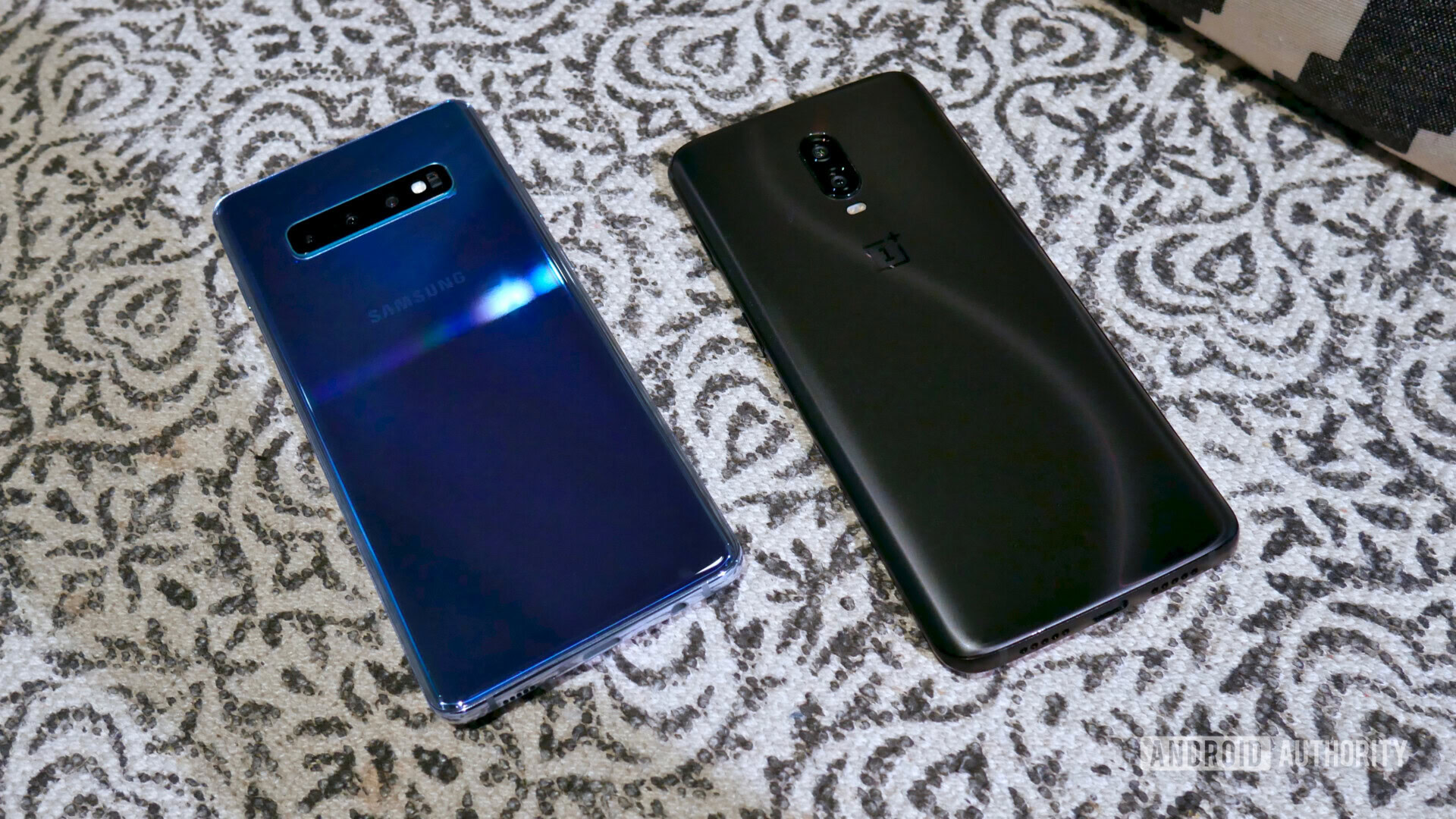
The Samsung Galaxy S10 is an absolute powerhouse and on paper is one of the most impressive phones in terms of raw specs to come from the South Korean giant to date. The OnePlus 6T is no slouch, though. OnePlus’ latest may be five months older than the S10, but it still boasts an impressive specs sheet.
Here’s a look at the Samsung Galaxy S10 vs OnePlus 6T specs:
| Samsung Galaxy S10 | OnePlus 6T | |
|---|---|---|
Display | Samsung Galaxy S10 6.1-inch AMOLED panel 3,040 x 1,440 resolution 551ppi 19:9 aspect ratio | OnePlus 6T 6.41-inch AMOLED 2,340 x 1,080 resolution 402ppi 19.5:9 screen ratio Corning Gorilla Glass 6 |
Processor | Samsung Galaxy S10 8nm octa-core Exynos 9820 / 7nm octa-core Snapdragon 855 | OnePlus 6T Qualcomm Snapdragon 845 Adreno 630 |
RAM | Samsung Galaxy S10 8GB | OnePlus 6T 6GB/8GB |
Storage | Samsung Galaxy S10 128GB/512GB | OnePlus 6T 128GB/256GB |
MicroSD | Samsung Galaxy S10 Yes, up to 512GB | OnePlus 6T No |
Cameras | Samsung Galaxy S10 Rear: 16MP f/2.2 ultrawide + 12MP f/1.5 and f/2.4 dual pixel with OIS + 12MP OIS telephoto f/2.4 Front: 10MP f/1.9 dual pixel | OnePlus 6T Rear: Dual-cameras with 16MP and 20MP sensors Front: Single 16MP sensor |
Battery | Samsung Galaxy S10 3,400mAh Non-removable | OnePlus 6T 3,700mAh |
Charging | Samsung Galaxy S10 Fast Wireless Charging 2.0 Wireless PowerShare | OnePlus 6T Warp Charge |
Security | Samsung Galaxy S10 Ultrasonic in-display fingerprint scanner, 2D face unlock | OnePlus 6T In-display fingerprint sensor, Face Unlock |
IP rating | Samsung Galaxy S10 IP68 | OnePlus 6T No |
Headphone jack | Samsung Galaxy S10 Yes | OnePlus 6T No |
OS | Samsung Galaxy S10 Android 9 Pie with One UI | OnePlus 6T Android 9 Pie with OxygenOS |
Connectivity | Samsung Galaxy S10 Wi-Fi 6 Bluetooth 5 NFC, MST Cat20 LTE, 7CA, 4x4 MIMO | OnePlus 6T Wi-Fi: 2x2 MIMO, 802.11 a/b/g/n/ac, 2.4G/5GHz Bluetooth 5.0 NFC |
Dimensions and weight | Samsung Galaxy S10 149.9 x 70.4 x 7.8mm 157g | OnePlus 6T 157.5 x 74.8 x 8.2mm 185g |
The most obvious differentiator between the two phones is the processor. The Samsung Galaxy S10 series is one of the first phones to bring Qualcomm’s Snapdragon 855 SoC to the masses in the U.S. (Europe gets the Exynos 9820).
The OnePlus 6T, like so many from 2018, runs on the Snapdragon 845. The Snapdragon 845 is still a powerful mobile platform, but its successor does offer a tangible upgrade, though not quite the massive leap we’ve seen between previous Snapdragon flagship SoCs.
For the rest of the core specs, however, the OnePlus 6T goes pound-for-pound and sometimes beyond the Galaxy S10. The base model OnePlus 6T comes with 6GB of RAM, but this can be upgraded to 8GB RAM, or even 10GB RAM if you opt for the OnePlus 6T McLaren Speed Edition.
While you can go up to a ridiculous 12GB RAM on the S10 Plus, the regular Galaxy S10 sticks with 8GB for all variants. Turns out you don’t actually need more than 8GB RAM anyway, so there are no real complaints to be made here. The S10 has 128GB expandable storage as standard, which the OnePlus 6T matches (with no MicroSD card slot).
The Galaxy S10 has a 3,400mAh battery with fast wireless charging (15W) support. You can also reverse charge other phones and accessories — such as wearables or Samsung’s new Galaxy Buds — via Wireless Powershare. The OnePlus 6T doesn’t offer the latter, but it has a larger 3,700mAh cell and 20W fast charging the brand calls Warp Charge.
That’s the dull internal stuff out the way! Let’s talk features.
The OnePlus 6T was one of the first phones to hit the market touting an in-display fingerprint sensor. This initial batch of sensors, most made by Goodix, have been hit and miss across various phones. Samsung says it’s solved the problem and added further anti-phishing protection with an ultrasonic in-display fingerprint sensor on the Galaxy S10.
Samsung’s variation is slightly more consistent, but the OnePlus 6T’s implementation was far from the worst offender in the first place and has had multiple software updates since launch to improve its functions even further.
Unfortunately, there’s been a lot of speculation that the internal space taken up by the sensor was partly to blame for OnePlus ditching the 3.5mm headphone jack — a decision that stirred up no small amount of controversy.
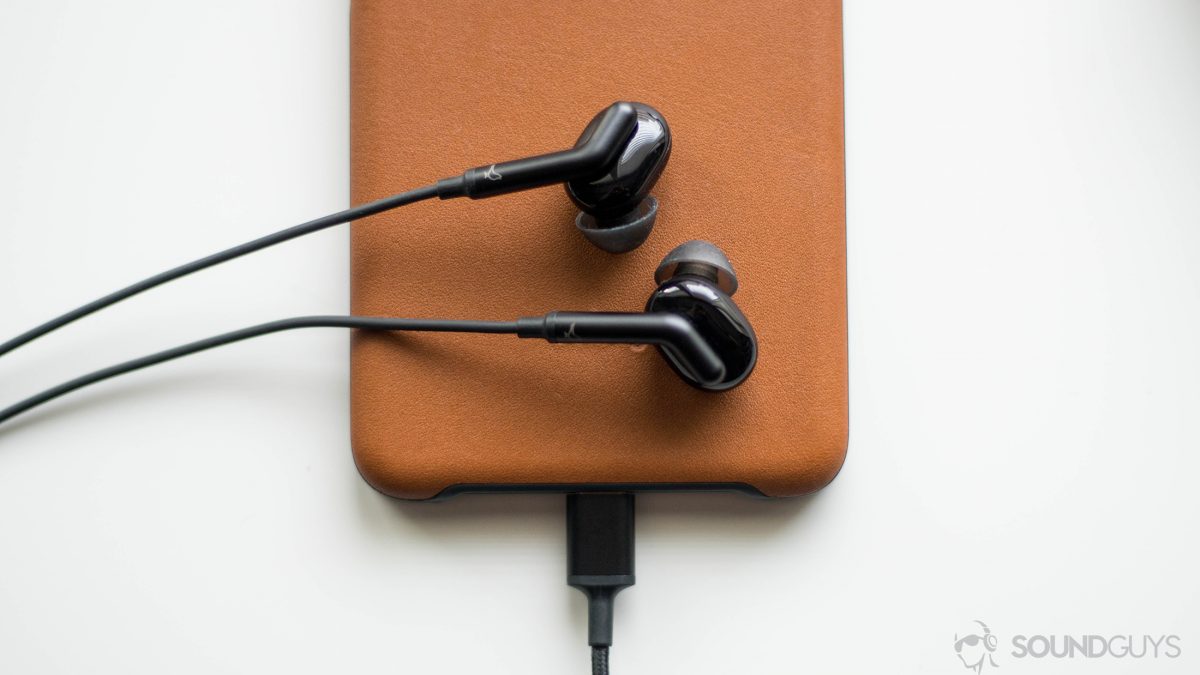
The Galaxy S10 may be bundled with true wireless earbuds for pre-orders, but Samsung still opted to retain the jack, which is a huge boon for audio connoisseurs. OnePlus users have to live with inferior USB-C audio, but it at least comes with an adapter and Dirac HD technology.
Elsewhere the Galaxy S10 inherits a bunch of hardware features from its predecessors, which OnePlus doesn’t try to match. These include Samsung DeX support, heart rate monitoring, and IP68 protection against dust and water, to name but a few.
The S10 also has a massive technical lead in the camera department and builds on the success of the Galaxy Note 9. We found the results to be a little soft in our review of the larger S10 Plus, which mirrors results from the S10, but there’s every chance this will be fixed in software updates.
Samsung’s flagship has a triple camera module which consists of a 12MP telephoto lens (f/2.4), a dual-pixel 12MP wide-angle lens (f/1.5 and f/2.4) with autofocus, and a 16MP ultra-wide lens at f/2.2 with fixed focus and a 123 degree FOV.
In addition, the S10 shooter is bolstered by AI via a neural processing unit (NPU) and can shoot video in 4K with an option to record in HDR10+. The selfie camera, meanwhile, is a dual-pixel 10MP snapper.
OnePlus made great improvements to the photography experience on its phones in recent years, culminating in the OnePlus 6’s dual-camera, with a 16MP main lens (f/1.7) with OIS and secondary 20MP depth-sensing lens, which is the same set-up found on its successor, albeit with a few post-processing tweaks.
Related: OnePlus 6T vs OnePlus 6: The many differences (and many similarities)
The camera is one of the few areas where the gulf between the two phones begins to show, but don’t be fooled: the OnePlus 6T has a perfectly solid camera. However, if you’re a pixel-peeper the S10 is the clear winner.
Samsung Galaxy S10 vs OnePlus 6T: Design and display
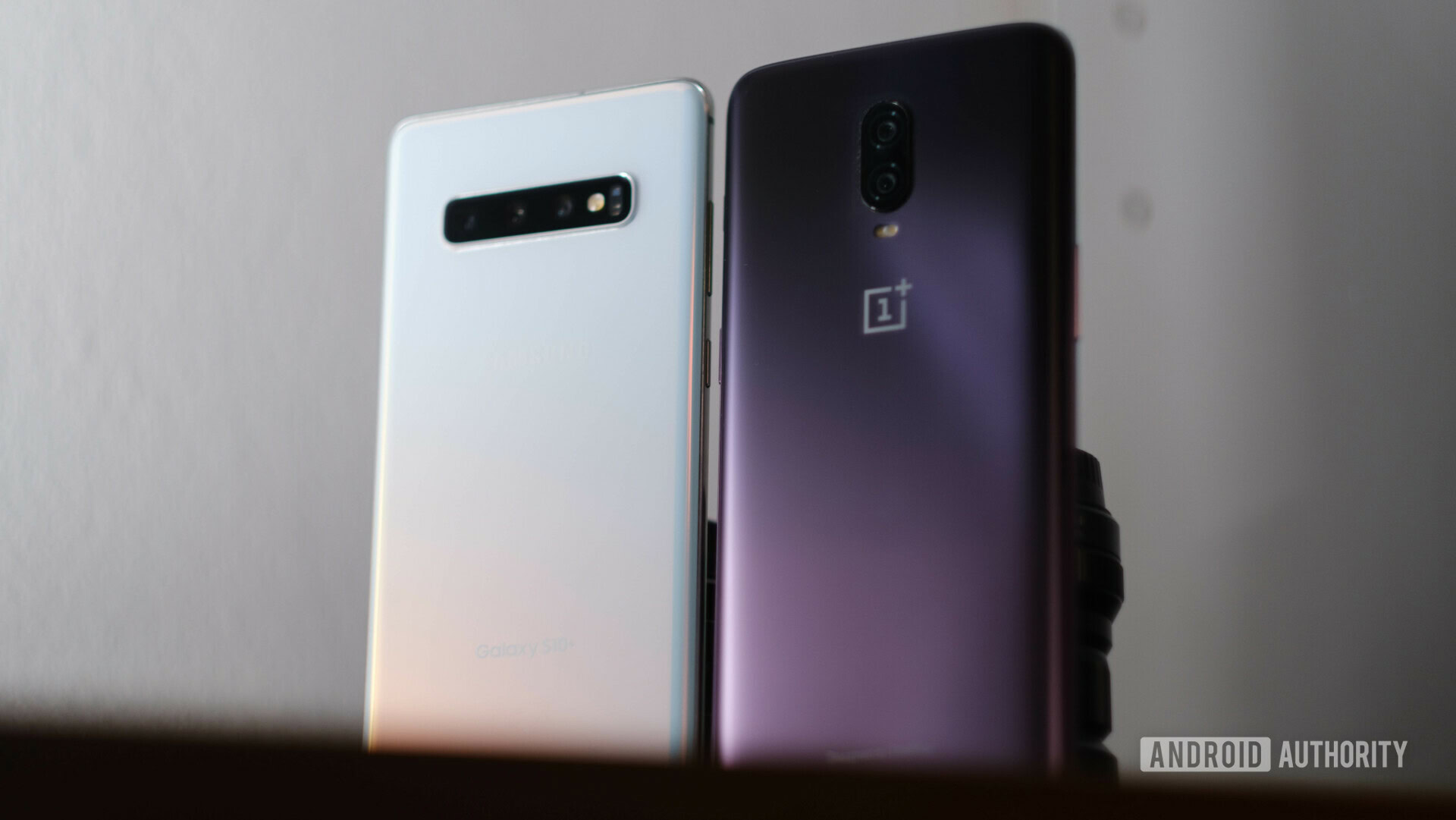
With the Galaxy S10, Samsung attempted to avoid any backlash against a notch with a variation on its Infinity Display design it calls Infinity-O, though it’s already widely called a punch hole display.
Samsung has essentially cut a hole in the display to house the selfie camera. It’s certainly a novel way to reduce the overall bezel size — the S10 has a huge 88.3 percent screen-to-body ratio — but it’s also drawn a fair amount of scorn from some prospective buyers.
The OnePlus 6T is the second OnePlus phone to launch with a display notch, however the second iteration slimmed the cutout down to a “waterdrop” style design borrowed from its BBK stablemate OPPO.
Punch holes still don't completely fix the selfie camera issue facing bezel-less phones.
Display interruptions of any kind are a touchy subject for smartphone fans and you could quite happily argue neither option fixes the selfie camera issue facing bezel-less phones. This one comes down to personal preference and I’d strongly suggest you check out both phones in the flesh before parting with your cash.
Otherwise, the Galaxy S10 display is a 6.1-inch, 19:9 aspect ratio, Quad HD Plus AMOLED (550ppi), while the OnePlus 6T sports a slightly larger 6.41-inch AMOLED display with a 19.5:9 aspect ratio and 1,080 x 2,340 resolution (402ppi). Both are constructed from Corning Gorilla Glass 6, but the Galaxy S10 wins overall with HDR10 and always-on display support.
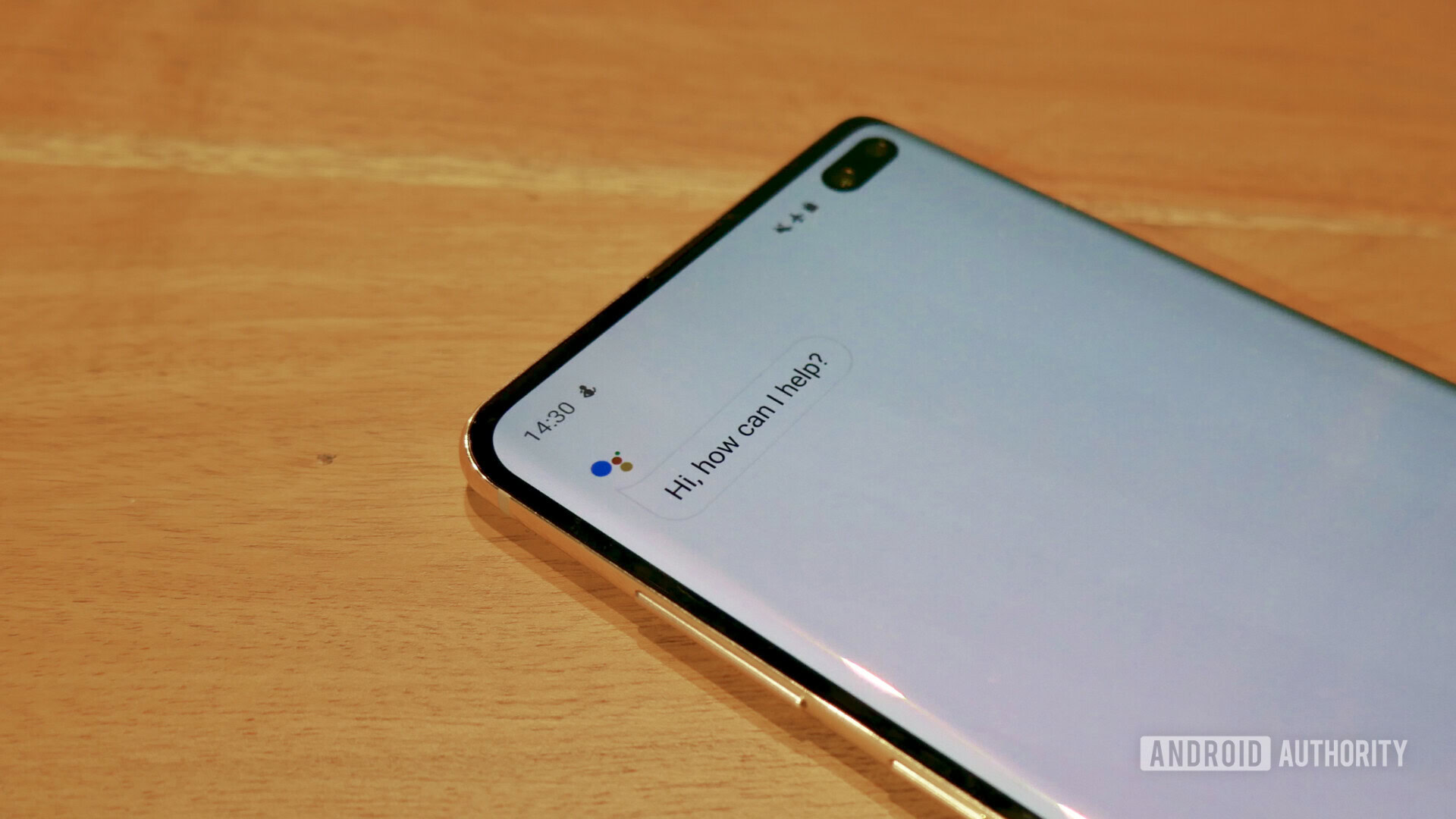
In terms of overall design, each device has a glass back and a metal frame, although the OnePlus 6T is slightly chunkier and far heavier than the Galaxy S10, weighing in at 185g versus the S10’s 157g.
You also get far more color variety with the Galaxy S10, which comes in Prism White, Prism Black, Prism Green, or Prism Blue. The OnePlus 6T is only available in either in the shiny Mirror Black or the matte Midnight Black, or Thunder Purple in selected regions.
Each phone also has its own unique design quirks. The Galaxy S10 has a (mercifully) remappable Bixby button, while the OnePlus 6T has a handy alert slider.
Software
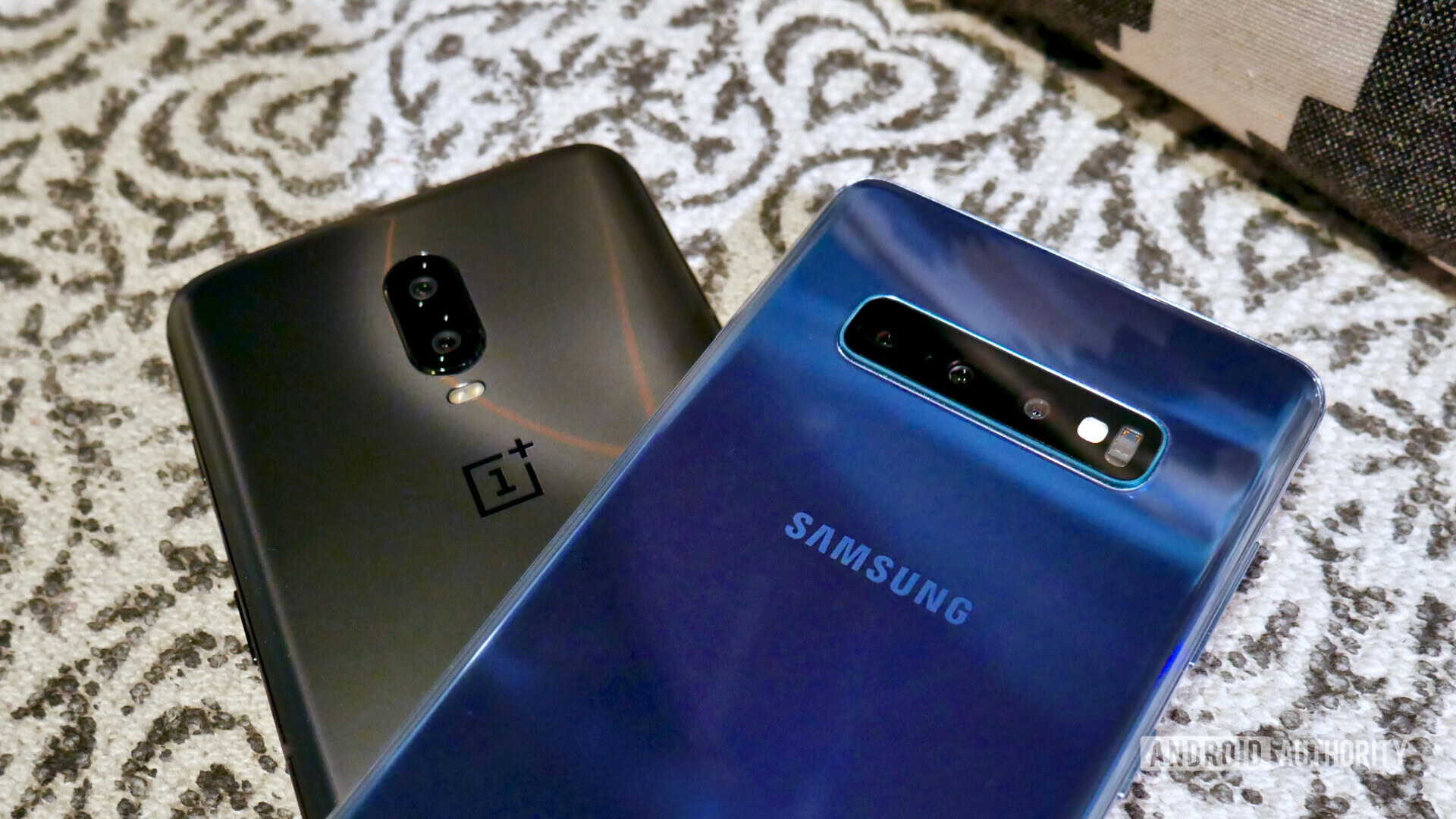
Samsung has seriously stepped up its software game with the Galaxy S10. It’s one of the few Samsung flagships to launch running the latest major Android update out-of-the-box. In addition to Android 9.0 Pie, it also features Samsung’s latest attempt to create the ultimate Android skin, dubbed One UI.
We’re a long way from the dark old days of TouchWiz. Samsung’s new UI has built on Samsung Experience to deliver an even more intuitive and less bloated skin.
There are still some niggles, however — most notably the continued presence of Samsung’s proprietary assistant Bixby, which isn’t exactly the most beloved digital assistant out there. Bixby received upgrades like predictive Bixby Routines, and the Bixby Home “feed” also returns on the left homescreen. Google Assistant is also jammed in there too.
Related: Galaxy S10 Plus vs Pixel 3 XL: The battle for Android’s soul rages on
In the other corner, OnePlus’ OxygenOS skin has been one of the main reasons people buy OnePlus phones since it debuted in 2014.
The OnePlus 6T’s stock-like look and feel continues that legacy, with truly helpful extra features like improved gestures, an app locker, parallel apps, and much more. That’s in addition to the best of Android Pie, as well as Google Assistant as the phone’s sole friendly AI companion.
OnePlus strives to keep its phones as up-to-date as possible, while Samsung has a patchy history with delivering updates on time. OnePlus is also incredibly open about upcoming updates, often ports new software features from its latest phones to older models, and is very welcoming to community feedback on its forums, Reddit, and other social platforms.
Price and which should you buy?
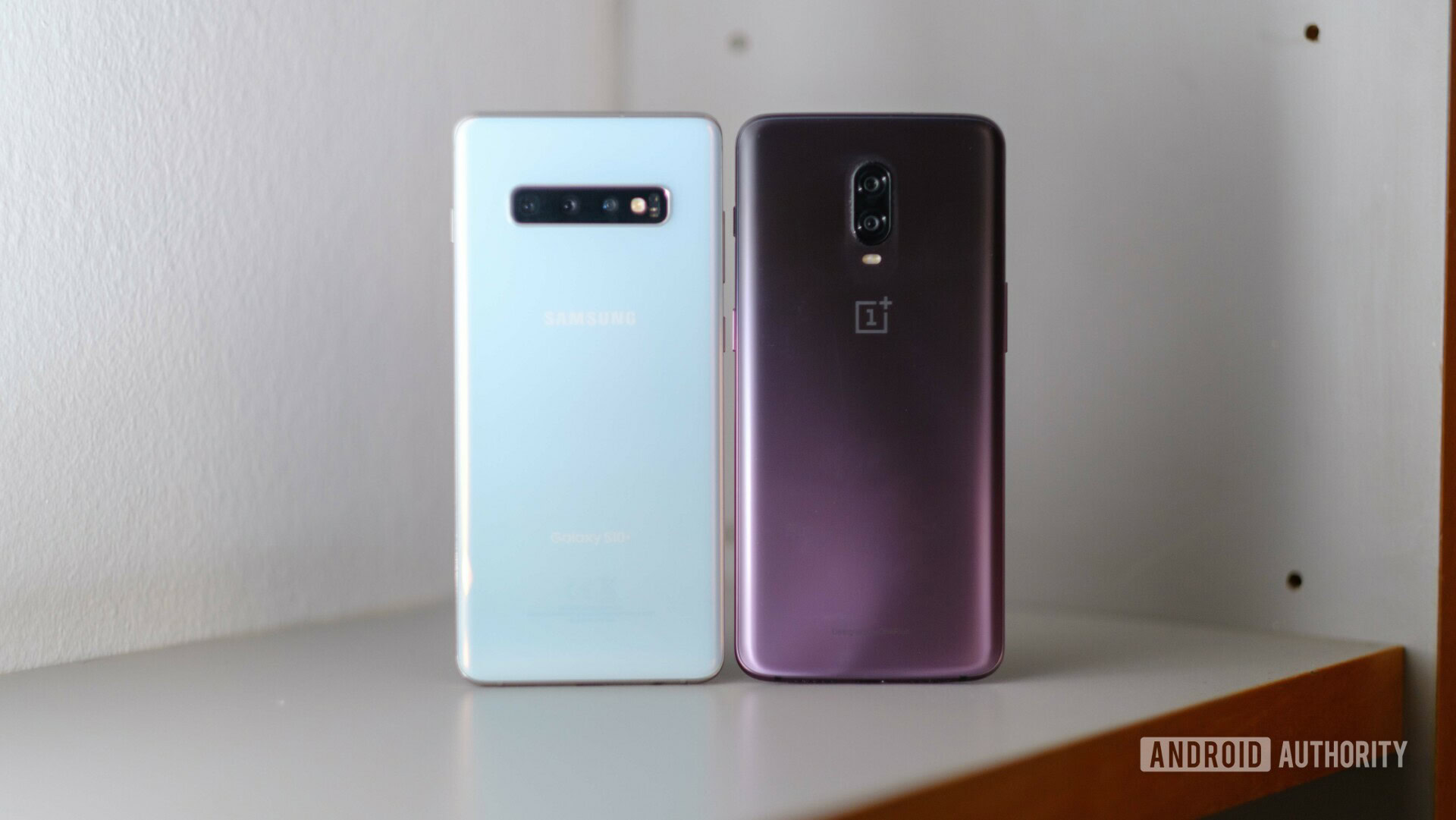
If you’ve come this far you’ve probably spotted the gargantuan elephant in the room: I haven’t talked about price.
The Galaxy S10 range maxes out at an eye-watering $1,599 for the largest Galaxy S10 Plus model. That max total will no doubt rise even higher when we get price confirmation for the Galaxy S10 5G.
The base model regular Galaxy S10 costs $899, which looks far more reasonable in relative terms. Until you see the OnePlus 6T’s price tag.
The cheapest OnePlus 6T variant is priced at $549, or if you want to match the Galaxy S10’s RAM count, that figure increases to $579. That’s still a whopping $320 savings over Samsung’s new phone. Even if you factor in the free Galaxy Buds available to pre-order customers, you’re still looking at almost $200 extra over the OnePlus 6T.
The million dollar question (or in this case the $320 question) is: does the Samsung Galaxy S10 earn that higher price tag? Yes for some. No for others.
You're getting one of the best Android phones money can buy, no matter your budget.
It all depends on what you want from your phone. If you want an incredibly powerful handset that delivers, and then some, on all the essentials, with a stylish design and streamlined, yet highly customizable software, the OnePlus 6T offers far more bang for your buck.
Value is relative, however. For so many millions who flock to the Galaxy S series every year, the Galaxy S10’s triple-lens camera, industry-leading display quality, and overwhelming quantity of innovative, often best-in-class hardware features will once again justify the extra premium.
Whichever you choose, know you’re getting one of the best Android phones money can buy, no matter your budget.
What about the Galaxy S10e?
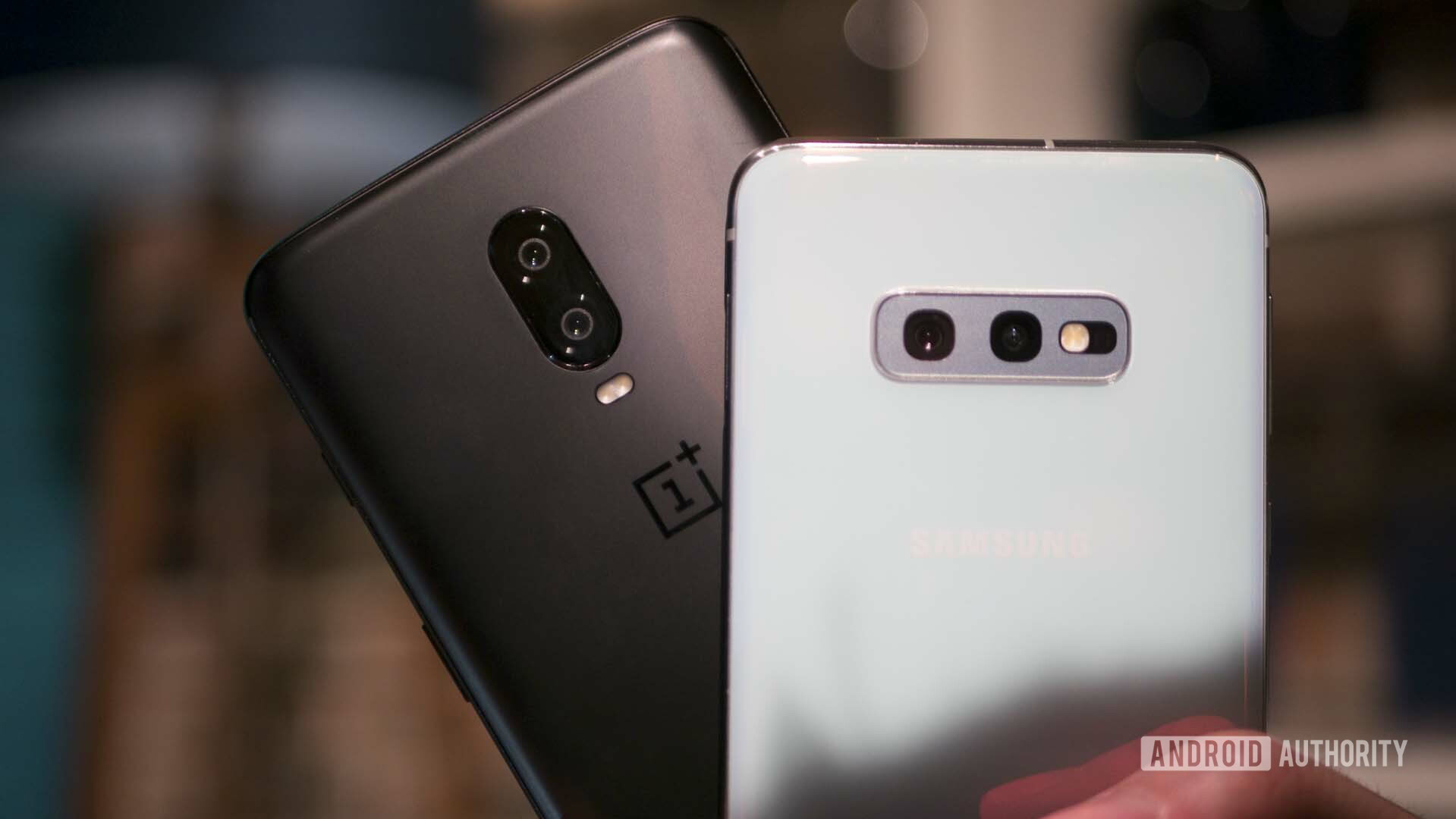
Before we close out I want to give a brief mention to the Galaxy S10e, Samsung’s cheapest Galaxy S10 variant and a brand new addition to the S family tree.
Compared to the regular Galaxy S10 and S10 Plus, the S10e ditches the telephoto lens in favor of a dual rear camera. Its smaller 5.8-inch display also receives a bit of a downgrade, going from a 1,440 x 3,040 resolution to 1,080 x 2,280. This, along with a few necessary overall design changes, reduces the retail price to $749.
If you desperately want a Samsung Galaxy S10, but can’t stomach the price jump between an affordable flagship like the OnePlus 6T and the regular model, the S10e is worth considering.
Personally, I don’t think the price reduction is significant enough to lose any ground in the two areas (display and camera) Samsung phones have excelled at. That said, it’s by far the best value Galaxy S10 model pound for pound.
Which phone would you pick in the Samsung Galaxy S10 vs OnePlus 6T showdown? Let us know in the comments!